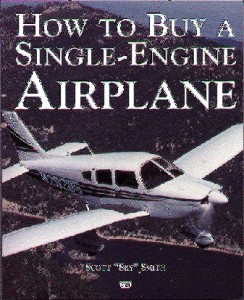Buying an airplane? You need my book “How to Buy A Single Engine Airplane” @amazonbooks . Order your copy now! @AmazonBookStore @GlobalAerospace @cessnaowner_mag @Cessna @piperaircraft @Cirrus_Aircraft @tangofoxtees @FlyingMusicians @TradeAPlane
Tag Archives: sunnfun
What is Liability Insurance?
Confused about what liability insurance is?
Aviation liability insurance is pretty confusing. Actually not just aviation insurance, all insurance can be confusing. So i thought id share a little bit of information.
Typically, liability coverage, in an aviation insurance policy, will be for property damage and bodily injury. The following definitions were taken from various policies and simplified as best as possible.
“Property damage” means any physical damage to “tangible” property. This coverage does not cover the aircraft itself, any of your own property or property that you are in charge of. This is just for the property belonging to others that was damaged by the accident.
Liability also covers “bodily injury”, which is pretty simple. This means the physical (bodily) injury to or the death of a person.
There is another coverage included or added. This coverage is called medical payment (med pay). This is the amount that the insurance company will pay for a persons immediate medical expense such as an ambulance ride after the accident, emergency room visit, etc. This coverage is usually in amounts such as $1,000, $5,000 or maybe $10,000.
Here is a quick video rundown of liability in aircraft insurance. Hopefully it will help clear a few things up. If not or you have more questions feel free to contact me.
Sun N Fun 2024 Forums
Sun N Fun 2024
If you plan to attend Sun N Fun 2024, make sure you stop by one of my seminars.
At this time the schedule is Tuesday, Wednesday and Thursday in Classroom / Forum room #8.
Check the forum schedule to make sure nothing has changed.
I have three different topics I will cover:
- Is your ego buying aircraft you can’t get insured?
- Picking The Best Aircraft For You
- The Real Cost To Owning An Aircraft

